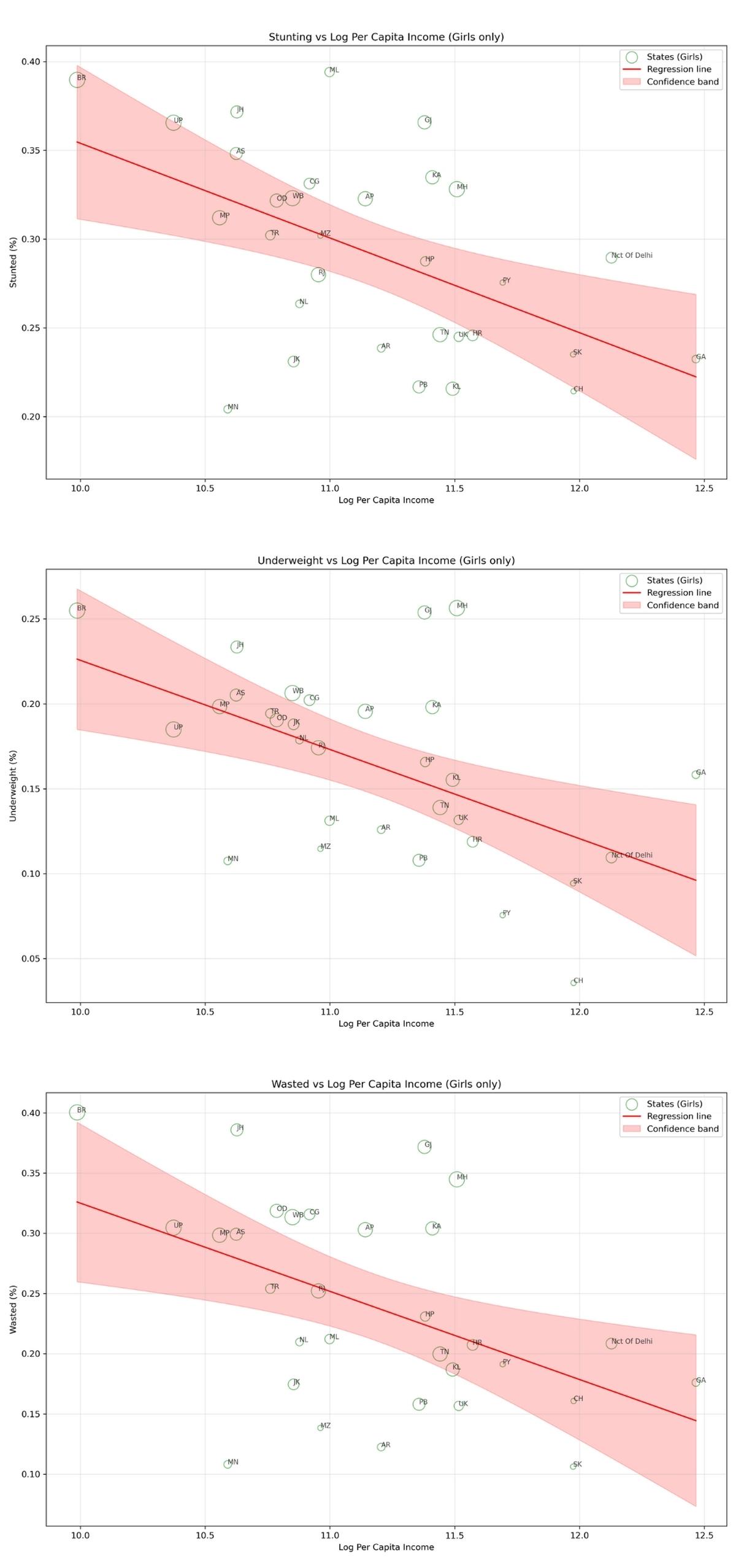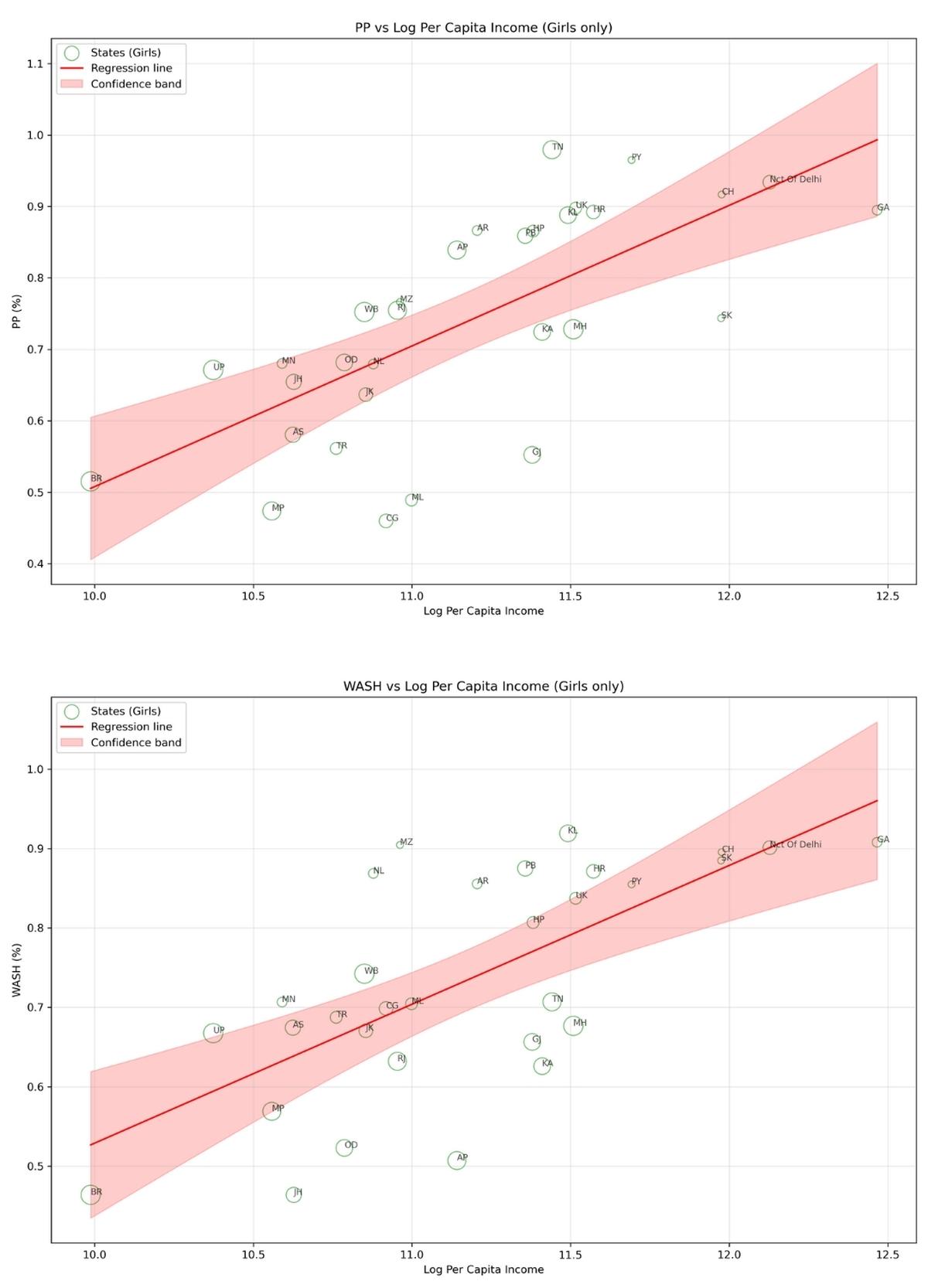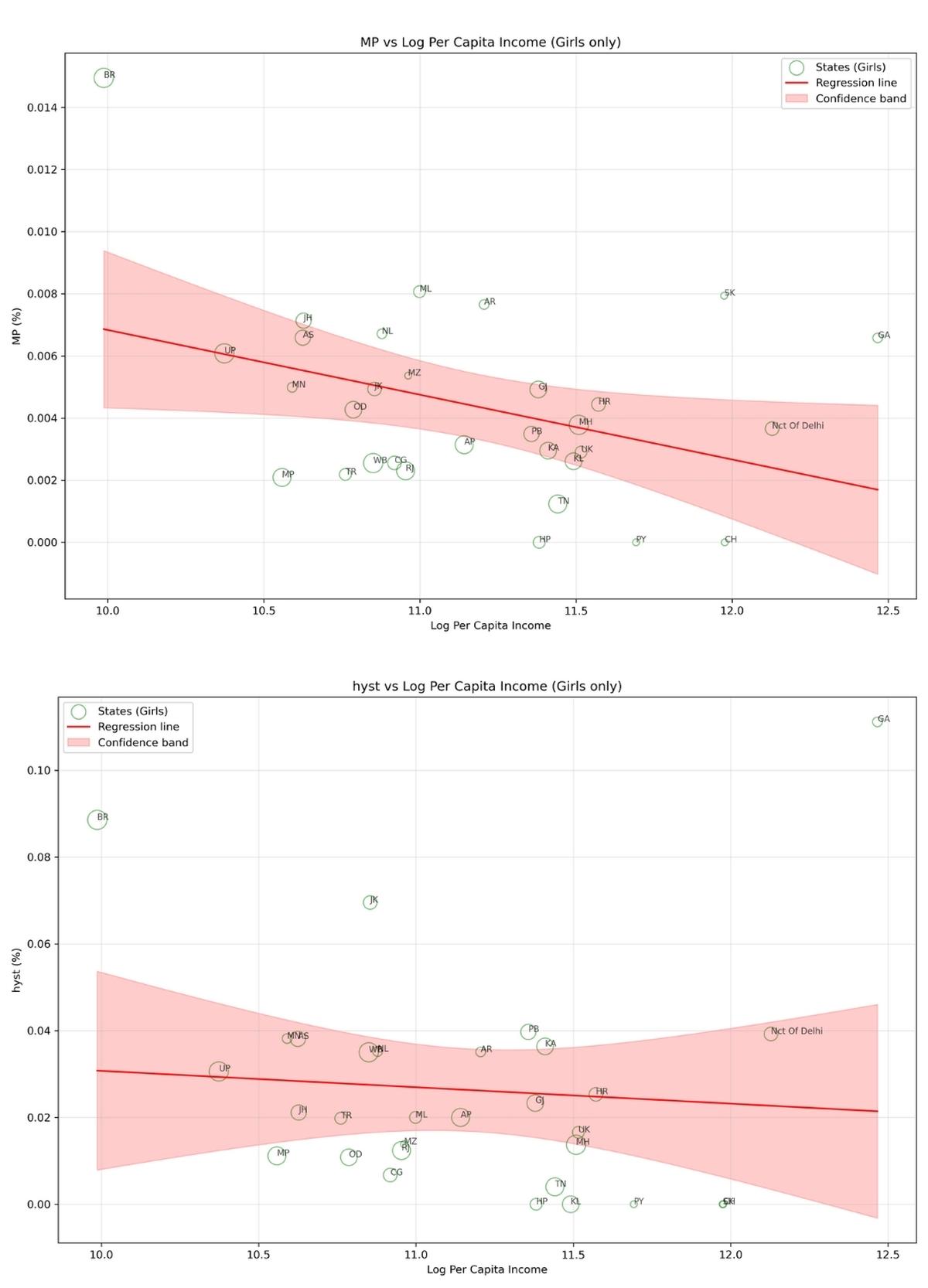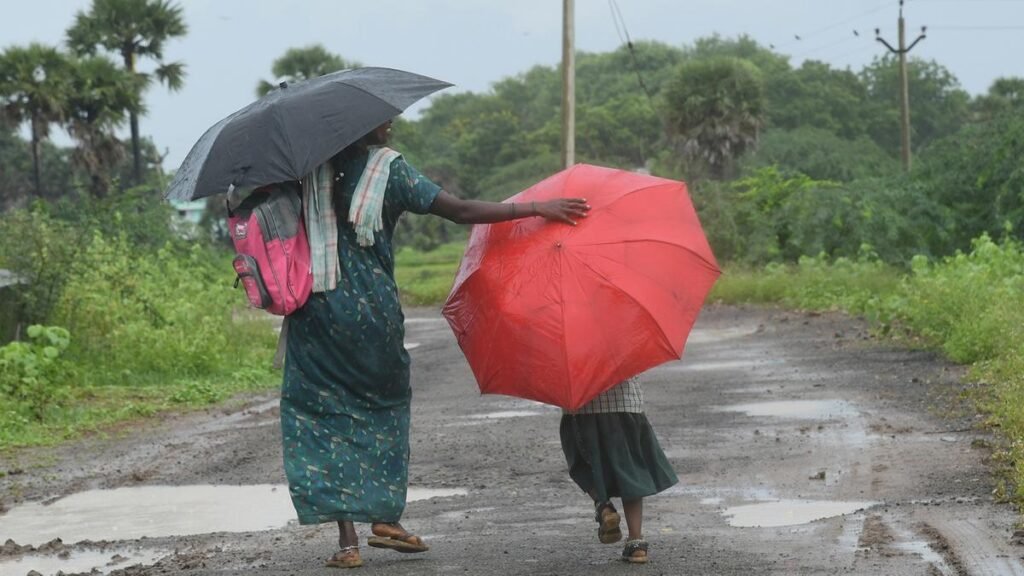Wealth is not translating into well-being for women over their entire life course. Photograph used for representational purposes only
| Photo Credit: The Hindu
In a lane in Mohali, Sunita sees a future for her fifteen-year-old daughter that was once unimaginable. Her family’s rising income means her daughter has access to modern period products and better food. She is healthier than Sunita ever was at her age. But as Sunita enters her forties, she faces her own set of health problems—chronic fatigue, painful cycles—with few answers from a system that seems built for emergencies, not for sustained well-being.
Sunita’s life tells the story of India’s development: a story of remarkable progress for the next generation, shadowed by a significant neglect of the women who are raising them.
A generational divide
Our research, analysing State-level data from the National Family Health Survey-5 (NFHS-5), confirms this generational divide. On one hand, the fruits of economic growth are clear and encouraging. As a State’s per capita income rises, malnutrition rates in girls—whether stunting, wasting, or being underweight—all decline significantly. Access to better water, sanitation and hygiene (WASH) and modern period products also improve dramatically. This is the ‘good news’ of India’s story: wealth is creating a healthier start for our daughters.

Malnutrition by Per Capita Income across states
| Photo Credit:
Special Arrangement
But this story of progress stalls when we look at the health of adult women. Our data shows that as State incomes rise, the rates of complex health issues like those leading to hysterectomies (the surgical removal of the uterus) or difficult menopausal transitions show little to no improvement. Wealth is not translating into well-being for women over their entire life course.

Period Product Usage by Per Capita Income across states
| Photo Credit:
Special Arrangement
The story our data tells is clear. Our development model is equipped to solve problems that can be addressed by purchasing power and basic infrastructure. But it is failing to solve the complex, chronic health issues that require a robust public health system, high-quality preventative care, and trusted medical counsel for adult women.

Menopause and Hysterectomy Per Capita Income across states
| Photo Credit:
Special Arrangement
Gaps in delivery of care
When a woman like Sunita faces reproductive health problems, often stemming from a lifetime of nutritional deficiencies, our system defaults to a drastic surgical solution because it lacks the capacity for nuanced, long-term care. When we measure progress by what a family can buy, we miss the silent health crises unfolding across an entire generation of mothers.
The path forward is not to question growth, but to ask more of it. This requires seeing a woman’s health not as a series of disconnected events, or merely just before and after child birth, but as a continuous life-long journey.
First, we must double down on what works. The strong link between income and better child nutrition proves that investments in WASH and food programs are paying off. We must strengthen these, especially through mandatory food fortification of staples, to ensure the next generation is the healthiest yet.
But fixing the foundation is not enough. We must bridge the generational gap. This means radically investing in the human infrastructure of our health system: the ASHA and Anganwadi workers. They are the only ones who can connect the crucial dots linking a woman’s health from adolescence, through reproductive years, all the way until her senior years. By empowering them with better training, resources, and fair pay, we equip them to counsel a new mother on infant nutrition and support that same mother through her own mid-life health challenges and more. They are the key to shifting our system from acute, product-based care to continuous, relationship-based well-being.
A shift in policy
This, in turn, requires a fundamental shift. We must demand a smarter definition of progress. Our policies cannot stop with tracking infant mortality and stunting. We need to measure what matters for a full life: rates of chronic disease in adult women, access to menopause support, and the prevention of unnecessary procedures.
The true measure of a nation is not just in the health of its children, but in the well-being of all its citizens. On this World Population Day, let’s commit to building a future where the next generation, like Sunita’s daughter, inherits not just a better start, but a healthcare system that will support them for their entire lives—a future where no generation of women is left behind.
(Karan Babbar and Prakarsh Singh are faculty members at Plaksha University, Punjab. karan.babbar@plaksha.edu.in; prakarsh.singh@plaksha.edu.in. The authors would like to acknowledge Rohit Duwadi for assistance in creating the graphics)
Published – July 10, 2025 04:09 pm IST

